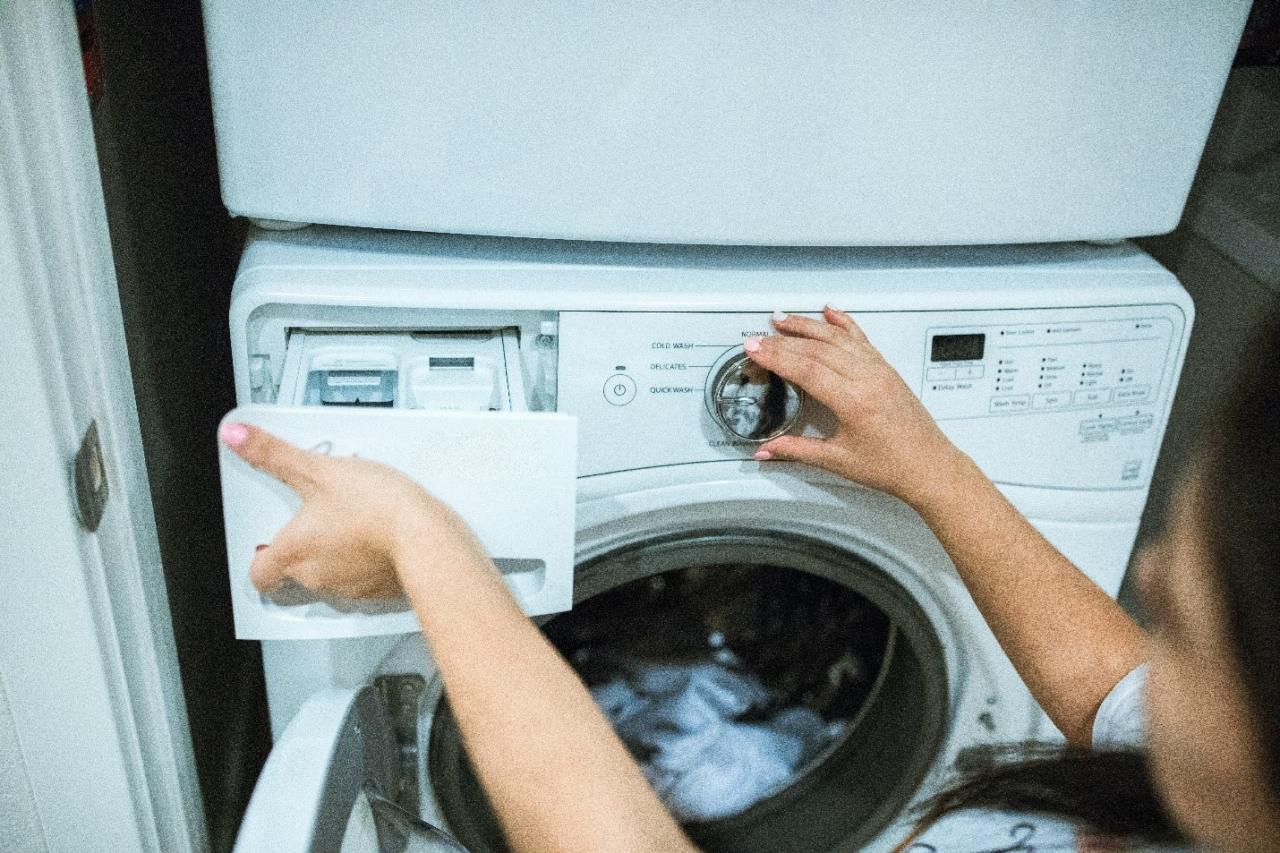Laundry might seem simple until you have a load of laundry that has lost or transferred colors with a big possibility of loading lint onto your favorite pieces of clothing. We bust some common laundry myths and reveal the musts of doing a proper load of laundry.
Separating laundry might seem a bit too much but can really impact your laundry load when it comes to lint pilling, color fades/transfers, snags, and even holes. It might seem tedious to separate laundry, but this can be easy if you have designated hampers or a divided hamper.
The best system is to sort the whites, dark colors, light colors, and dry-clean-only clothes with a single divided hamper or multiple designated hampers. Before loading your laundry, try to wash loads with similarmaterials like towels or jeans. It’s also important to know what temperature to wash certain fabrics to prevent damaging any delicates and anything that is heavily soiled or dirty (ground-in dirt or oil-based stain) should be pre-washed separately that can prevent the odor from transferring to other clothes.
One of the biggest issues with clothing is getting out noticeable sweat stains or residue from deodorant mixed with sweat with a preventative solution. You can prevent a mix of deodorant chemicals and body sweat using a pre-treatment on the armpit area using liquid laundry detergent or an enzyme-based stain remover every time that will prevent future built-up stains.
Washing items with sweat stains should be done with hot water for a more effectively clean and strip out the buildup compared to cold water. Another way to prevent sweat stains is by exploring using different deodorants that will prevent build-up with deodorants containing aluminum that is known for contributing to discoloration.
There are certain garments that might be labeled as “dry-clean-only” that you think you can ignore but in certain cases should be followed so your garment can be maintained over time. Each garment features a care tag of how certain things need to be cleaned that should be followed as the manufacturer has tested the different methods of cleaning and determined the best course of action.
Fabrics that are nearly impossible to wash include silk, velvet, leather, and cashmere that cannot withstand a rough tumble in the washing machine along with difficulties cleaning using water. Fabrics that might skirt this rule are spandex, nylon, and polyester that can hold up if hand-washed or wash on the delicate cycle with room-temperature water. You can also extend your visits to the dry cleaner by using an in-dryer kit that can help freshen dry-clean-only garments that will freshen the scent while removing wrinkles, but you should use it at your discretion.
A great multipurpose house cleaner staple that can also be used for laundry is distilled white vinegar that can be used during the washing cycle to soften fabrics and is great for towels to remove the scent of mildew. It’s recommended to use one cup of distilled white vinegar per washing load that will also clean the washing machine while getting a load done.
